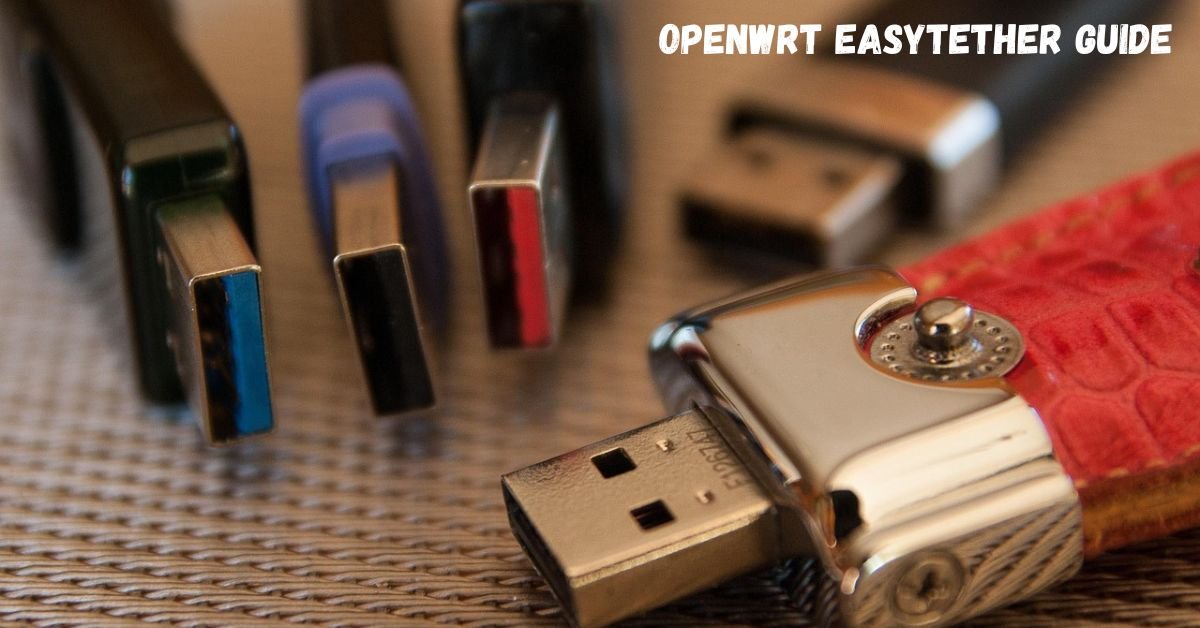Introduction
Setting up an internet connection on an OpenWrt router using your Android smartphone can be both efficient and cost-effective. The EasyTether application allows you to tether your mobile internet via USB, creating a reliable network for devices connected to your router. This OpenWrt EasyTether guide walks you through every step of the process, helping you get online smoothly without the need for complex networking skills.
What is EasyTether?
EasyTether is an Android app that facilitates USB tethering without requiring root access. Unlike native tethering, which some carriers block or charge extra for, EasyTether offers a bypass by setting up a virtual network interface. This makes it a popular choice for users wanting to share their mobile internet connection with OpenWrt routers.
Prerequisites
Before starting, ensure you have the following:
- An Android smartphone with EasyTether Pro installed.
- A USB cable to connect your smartphone to the router.
- An OpenWrt router with USB support.
- Access to a computer to upload and configure files on the router.
- Familiarity with basic SSH and terminal commands.
Step-by-Step OpenWrt EasyTether Setup Guide
1: Prepare Your Android Device
- Install EasyTether Pro on your smartphone.
- Enable Developer Mode on your phone.
- Activate USB Debugging under Developer Options.
2: Connect Phone to Router via USB
- Use a USB cable to physically connect your Android device to the OpenWrt router.
- Ensure your phone is charging and USB Debugging is active.
3: Upload EasyTether Driver to Router
- Download the EasyTether .ipk driver file compatible with your OpenWrt architecture.
- Use WinSCP or SCP to upload the driver to the
/tmpdirectory on your router.
4: Install the EasyTether Driver on OpenWrt
- SSH into the router using a terminal.
- Run the following commands:
opkg update opkg install /tmp/easytether-usb.ipk
5: Start EasyTether USB Service
- On the router, initiate the EasyTether interface:
easytether-usb - This creates a virtual interface such as
tap-easytether.
6: Configure Network Settings
- Add a new WAN interface using the virtual tap interface:
uci set network.wan=interface uci set network.wan.ifname='tap-easytether' uci set network.wan.proto='dhcp' uci commit network /etc/init.d/network restart
7: Confirm Internet Access
- On your Android device, open the EasyTether app and select “USB”.
- Once connected, OpenWrt should obtain an IP address via DHCP.
- Verify internet access from a connected device.
Comparison Chart: Standard USB Tethering vs EasyTether
| Feature | Standard USB Tethering | EasyTether Tethering |
|---|---|---|
| Requires Root Access | Sometimes | No |
| Bypasses Carrier Restrictions | No | Yes |
| Compatible with OpenWrt | Limited | Yes |
| DHCP Support | Native | Virtual Interface |
| Setup Complexity | Low | Moderate |
| Stability | Varies | High |
Advanced Tips
Auto-Start EasyTether on Boot To make EasyTether run automatically when the router boots:
uci set system.@system[0].startup_script='/usr/bin/easytether-usb'
uci commit systemPrioritize EasyTether Interface Adjust routing metrics to prioritize EasyTether over other interfaces:
uci set network.wan.metric='10'
uci commit network
/etc/init.d/network restartTroubleshooting Common Issues
- No IP Address: Ensure the EasyTether interface is running and your phone is recognized.
- Driver Errors: Confirm the .ipk file matches your router’s chipset and OpenWrt version.
- No Internet: Double-check USB Debugging is enabled and the tethering app is active.
Conclusion
This OpenWrt EasyTether guide offers a powerful solution for those needing mobile internet routed through their OpenWrt routers. By following these steps, you can set up a secure, carrier-bypass internet connection without rooting your Android device. With stability, flexibility, and ease of use, EasyTether is a smart alternative for users seeking reliable connectivity solutions.

